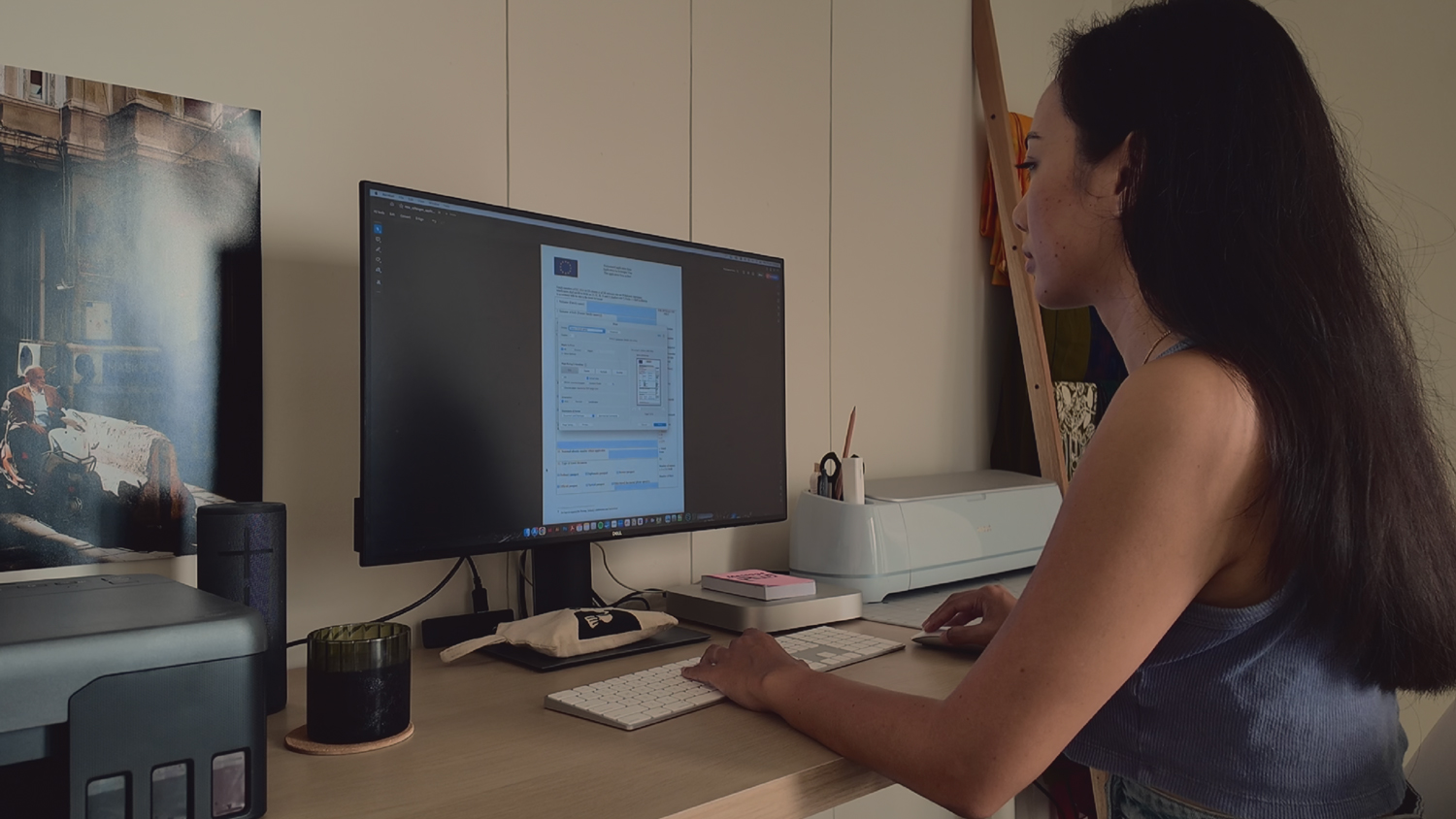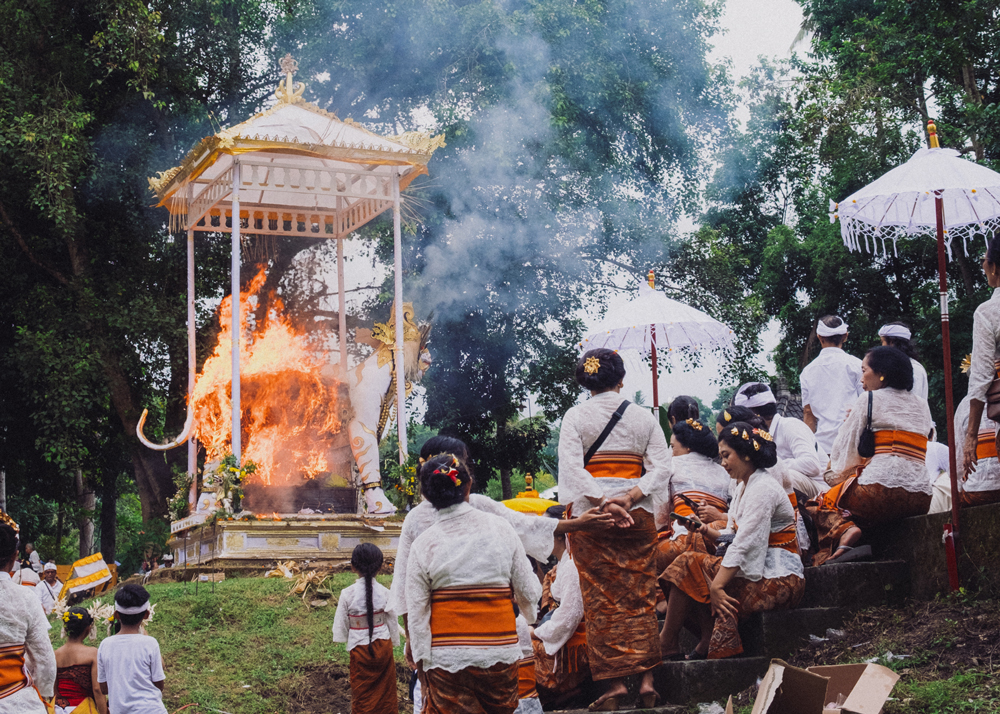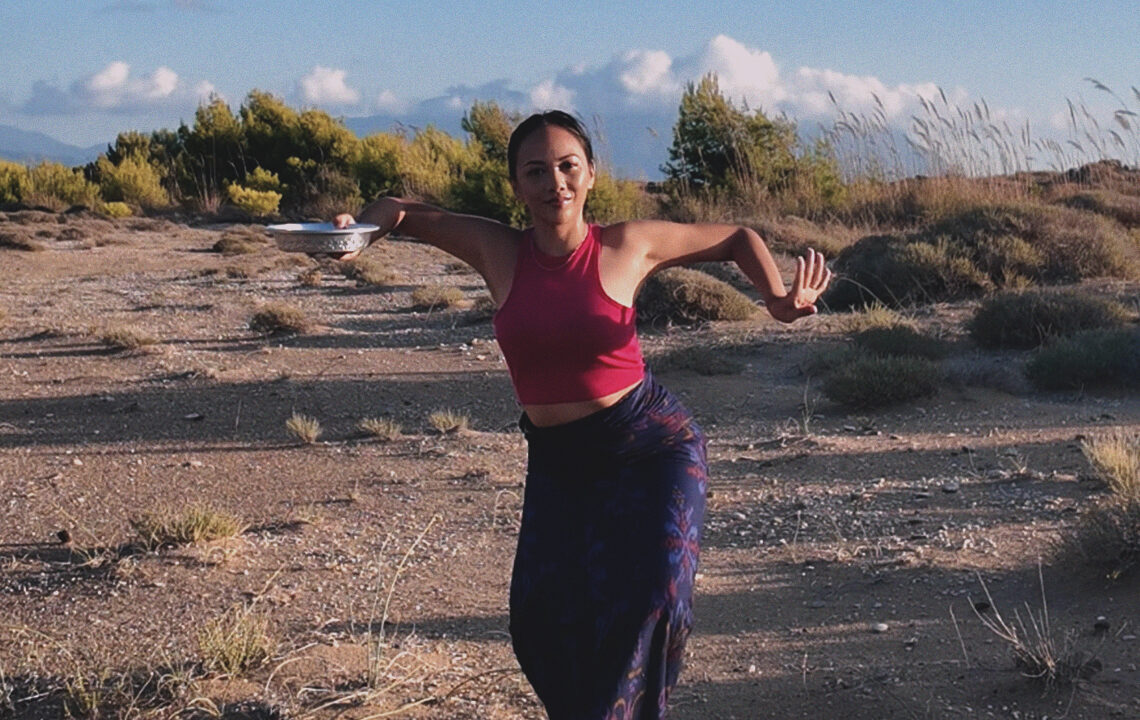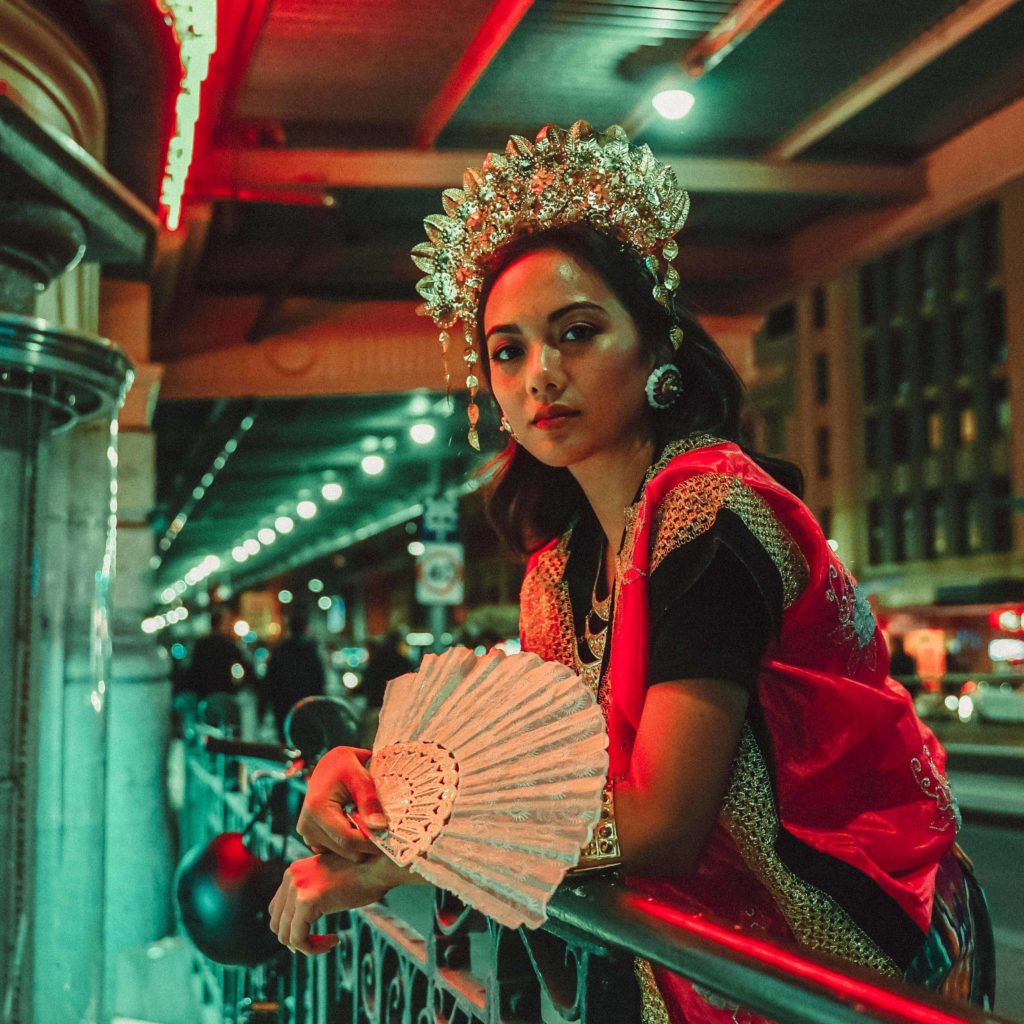
A Thousand Dancers by the Sea: My Experience at Gandrung Sewu in Banyuwangi
I had heard whispers of this mesmerizing event years ago—a sea of dancers moving in perfect harmony on a beach in Banyuwangi, East Java. The idea of witnessing a thousand Gandrung dancers performing together felt almost mythical. So, this week, I decided to see it for myself. Spoiler: It was a breathtaking blend of beauty, culture, and chaos!
The Journey to Banyuwangi: A Long but Worthwhile Trip
This wasn’t my first time in Banyuwangi. It’s my third visit, actually, and each time the journey there has been an adventure in itself. There are several ways to get to Banyuwangi from Bali:
Bus: The most straightforward option. My previous trip took about 4 hours from Denpasar.Travel: This time, I opted for a Travel, which is aminivan service that picked me up directly from my accommodation in Bali and dropped me off at my hotel in Banyuwangi. Convenient? Yes. Quick? Not exactly. It took 7 hours due to all the pickups and drop-offs along the way.
Flight: There are flights to Banyuwangi, but no direct ones from Bali, which makes it a bit of a hassle.
Despite the long trip, arriving in Banyuwangi is always worth it. You know you’ve reached this unique town when you start spotting Gandrung dancer statues everywhere—on signs, at hotels, amusement parks, restaurants, and even building entrances! The Gandrung dancer isn’t just an iconic figure; it’s the heart and soul of Banyuwangi’s identity.
Day 1: Meras Gandrung at Pantai Boom Beach
The Gandrung Sewu event kicks off with a ritual known as Meras Gandrung. It’s a deeply symbolic ceremony that officially marks a dancer’s initiation as a Gandrung dancer.
I arrived at Pantai Boom Beach full of anticipation. The rhythmic beats of the gamelan led me along the shore, and I was thrilled to see rows of dancers sitting in formation on the sand. However, I quickly realized I was on the wrong side of the stage! By the time I made my way through the crowd to get a better view, the ritual had ended. Frustrating, but hey, that’s part of the experience, right?
Chaos and Culture: Navigating the Festival
After the ritual, the beach became pure chaos. Hundreds of dancers, tourists, and locals were scattered everywhere, and the wind made it even harder to navigate. Needing a breather, I decided to visit Sanggar Langlang Buana, a local dance studio, to watch rehearsals for an upcoming festival.
This studio holds a special place in my heart. I learned Tari Gandrung here last year before heading to Bali to study Balinese dance. To my surprise, they were practicing a Balinese dance when I arrived! Hearing Balinese music played on Banyuwangi’s unique gamelan instruments was fascinating.
The studio gave me wristbands for the main event, which promised better seating. Little did I know, those wristbands would save my experience later.
The Main Event: Gandrung Sewu at Pantai Boom Beach
With wristbands in hand, I returned to Pantai Boom Beach for the main event. The roads were packed, parking was full, and the entrance areas were buzzing with excitement. There were separate entrances for VIPs and regular guests—I headed for the regular entrance, thankful for my wristband, as it helped me secure a better spot.
But here’s the thing: Even with wristbands, the regular seating wasn’t great. Most of us in the regular section could only see trees and the sky. I tried moving around, but each new spot seemed worse than the last. Eventually, I found a place near the VIP area, but as more people arrived, the crowd became overwhelming.
When the Dancing Began: A Stunning Spectacle
Finally, the Gandrung Sewu performance began, and the chaos settled. The beach came alive with vibrant costumes, synchronized movements, and the mesmerizing rhythm of traditional music. It was a visual feast—a thousand dancers swaying together under the open sky.
However, I noticed that much of the performance was directed toward the center of the stage. Those of us on the sides mainly saw repetitive movements. If you’re planning to attend, my advice: Get into the VIP section or snag a press pass to ensure you don’t miss the best parts.
A Chaotic Finale: When Things Got a Bit Too Crowded
Halfway through the event, I decided to leave. The crowd had grown so dense that I found myself pinned against the barricades. It was a bit unsettling, and as I made my way out, I saw people standing on chairs to get a better view—some even falling off (luckily, with no serious injuries).
Despite the crowd chaos, the event itself was magical. The choreography was incredible, and it’s clear how much pride Banyuwangi takes in its cultural heritage.
Final Thoughts: Banyuwangi’s Cultural Gem
Although I didn’t get to see the entire performance, my trip to Banyuwangi was well worth it. Gandrung Sewu isn’t just a dance performance—it’s a living expression of the town’s identity and history.
I’ll be diving deeper into the fascinating history of the Gandrung dance in another post (and video!). Let’s just say this dance played a crucial role in Banyuwangi’s past and, in many ways, its very survival.
For now, though, I’m going to enjoy the rest of my time in this charming town. If you ever get the chance to visit Banyuwangi, don’t miss Gandrung Sewu! Just make sure to plan ahead to avoid the crowds, and aim for the best viewing spots.
Until next time, keep exploring and appreciating the rich cultural traditions that make our world so vibrant. See you soon!
P.S.: If you enjoyed this story, don’t forget to like and subscribe for more adventures exploring traditional Indonesian dances across the globe!
What’s Next?
Stay tuned for an in-depth post about the history and significance of the Gandrung dance!






